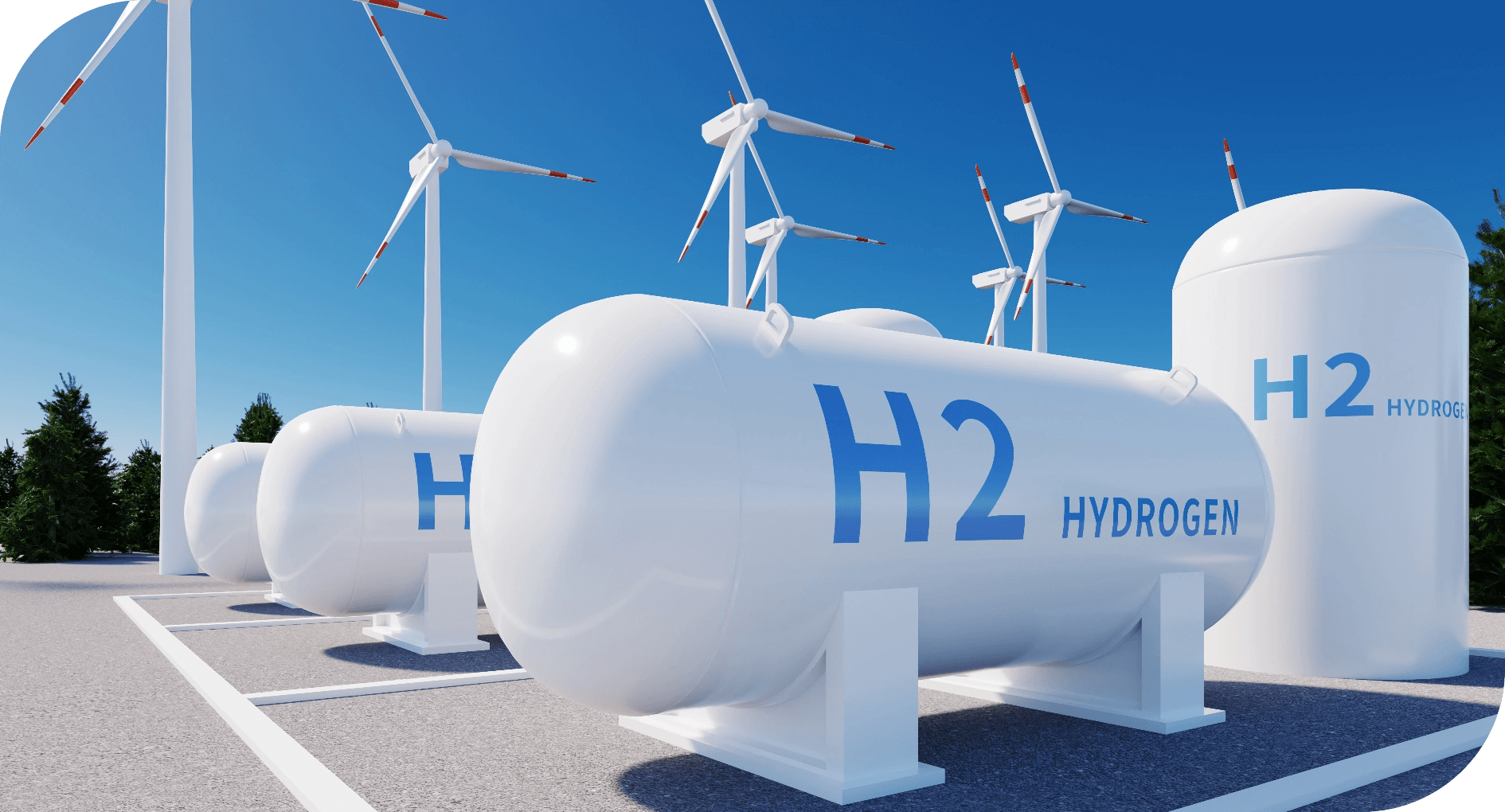Among the many elements that make up matter, hydrogen is the lightest and most abundant. It makes up nearly 90 percent of the visible universe, mostly in gaseous form. It consists of a two-atom molecule (H2) that burns in an oxygen-rich atmosphere like ours, much like methane. Compared to conventional fuels, it has the highest energy content per unit weight, three times that of gasoline.
Hydrogen and energy have a long history in common: it powered the first internal combustion engines over 200 years ago and has become an integral part of the modern refining industry. It is light, has a particularly high-energy density, it is storable, and produces no direct emissions of pollutants or greenhouse gases.


Hydrogen produces zero pollutant emissions and could help us overcome our planet’s energy challenge. In particular, only so-called “green hydrogen”, which is obtained by separating it from water through an electrolysis process powered by renewable energy, is completely carbon-neutral, emitting no pollutants and consuming precious natural resources. The science and technology communities have been working for some time to make green hydrogen easier and cheaper to produce, and with the enormous progress made recently, this goal now seems almost at hand.
But for hydrogen energy to make a significant contribution to clean energy transitions, it needs to be adopted in sectors where it is almost entirely absent, such as transportation and energy-intensive industries.
To date, hydrogen already represents a clean and safe source of energy, for instance, allowing yacht boats and even ferries to travel without compromise and zero vibration while respecting the environment.
NatPower H is developing and will operate the world’s first global, large-scale network of hydrogen refuelling stations for pleasure boating.











